“Inclusive excellence” might sound like a catchphrase. But not at Wellesley College. Here, the words have become a touchstone at Academic Council meetings of the faculty, in discussions among the Board of Trustees, around the table in the Alumnae Association offices, in the Science Center, and in res and dining halls. Inclusive Excellence is even the title of a mural by artist and faculty member David Teng Olsen on the third floor of Green Hall.
What do those two words mean for Wellesley?
President Paula Johnson says, “The way I like to frame it is that true excellence really requires equity, inclusion, and intellectual openness at all levels of learning and in all aspects of our community, from our academic program to our students’ experience of campus life. When you are focused on difference, you must take it as what it can give, as opposed to what members of the community don’t have.”
Johnson says that the community’s dedication to inclusion is not new, but it feels different now than it did when she joined the College in 2016. “There have been individuals committed for a long time, particularly in the faculty and the administrative leadership,” she says. “But this is a moment in which the mindset has changed. It’s a moment of viewing this whole initiative around inclusive excellence from a place of strength and a place of positivity, about what our diversity can bring to our community when fully realized.
“Right now there’s an engagement that is unprecedented,” she says. “This is the moment that we have to seize, because there’s a tremendous convergence of interest and passion and leadership and funding to do the work. A significant number of faculty are embracing this work in a very powerful way. And that’s really what it takes.”

A Community Reckoning
Need-blind admission has increased the diversity of the student body over time. Today, for example, 49 percent of the class of 2022 identify as students of color; 17 percent of ’22ers will be the first generation in their families to graduate from college. Wellesley students come from all 50 states, the District of Columbia, Guam, Puerto Rico, and the Virgin Islands. They hail from 87 countries of citizenship and 59 countries of residence.
The College celebrates this diversity but recognizes that not all students move through their time here with equal success. In 2017, Johnson convened the Inclusive Excellence Working Group, which was charged with addressing a problem: In spite of faculty and student-life efforts to support a diverse population, challenges to academic success persist—with differentials in grades received and majors selected, for example, among students of different races. Campus research found that while African-American and Latinx students enroll in STEM (science, technology, engineering, and math) fields, they are less likely to excel or persist in those areas than are white students. Conversations with students also suggested that not all of them share the same sense of belonging on campus. Something needed to change—and it wasn’t the students.
In the spring of 2018, the Inclusive Excellence Working Group and College Government convened two town halls to engage the community in serious conversation about barriers to inclusion at Wellesley. Each town hall was a sober moment—and galvanized many faculty and staff to think in new ways about how to make the Wellesley experience inclusive for every student, every day, in every class, every dorm, and every interaction.
Students shared heart-wrenching experiences of exclusion. They expressed feelings ranging from disappointment and dismay to hurt and anger about what they experienced as inadequate levels of institutional support for financial, mental health, and academic issues that first-generation and minority students in particular face. They spoke of experiencing culture shock at Wellesley, feeling that they are first perceived and defined by their race or ethnicity, and only secondly as individuals. Several students noted what they experienced as racial tension and animosity among students themselves. This might be expressed within the classroom during group or collaborative work, when racial minorities find it difficult to find partners because of assumptions about their competence.
‘True excellence really requires equity, inclusion, and intellectual openness at all levels of learning and in all aspects of our community, from our academic program to our students’ experience of campus life.’
—President Paula Johnson
But the news was not all negative. Students also spoke about how meaningful it is when faculty take an interest in them as individuals and take action to help them overcome challenges. They expressed appreciation for faculty who explain how office hours work, encourage students to come, and meet with them one-on-one to address academic or even personal challenges. Some expressed a desire for faculty to acknowledge their own histories (as minorities, first-generation, low-income, etc.) to encourage students to feel more comfortable and validated in articulating their own experiences.
Then on a Friday in May 2018, in the midst of the busiest time of the spring semester, some 200 faculty members gathered off-campus for a retreat about inclusive excellence. They spent the day in faculty-led workshops on topics such as inclusive grading practices, guiding difficult conversations in the classroom, working with students with disabilities and mental illness, research on successful inclusive pedagogy, and experiential education.
Pamela Taylor, assistant provost of institutional planning and assessment and director of institutional research, was heartened by the high attendance and engagement at the faculty retreat. “I think for a long time, faculty thought, ‘Those students over there having those issues, our place is not helping those students.’ But we have turned that, and it’s a totally different mindset. Where we are now, I think, faculty are saying, ‘We have to do something to help those students, because how we’re approaching them right now is not reaching them.’”
At the retreat, President Johnson welcomed the faculty and applauded their goodwill. Striving for inclusive excellence expresses the College’s highest values, she said. It means supporting students of all races, ethnicities, nationalities, genders, and socioeconomic classes, whether they are first-generation, have disabilities, or struggle with mental or physical health. No one will be left behind. “Every Wellesley student is a precious resource,” she said.
It’s also a personal mission for the president. At the retreat, she told the faculty about how her own dream of pursuing a Ph.D. in American history died from “a lack of relatable advisors.” Instead, she found a lifelong mentor in biology and went on to become a distinguished cardiologist and researcher. “I still view my experience as a cautionary tale,” she said. “The lack of a mentor forecloses opportunity.”
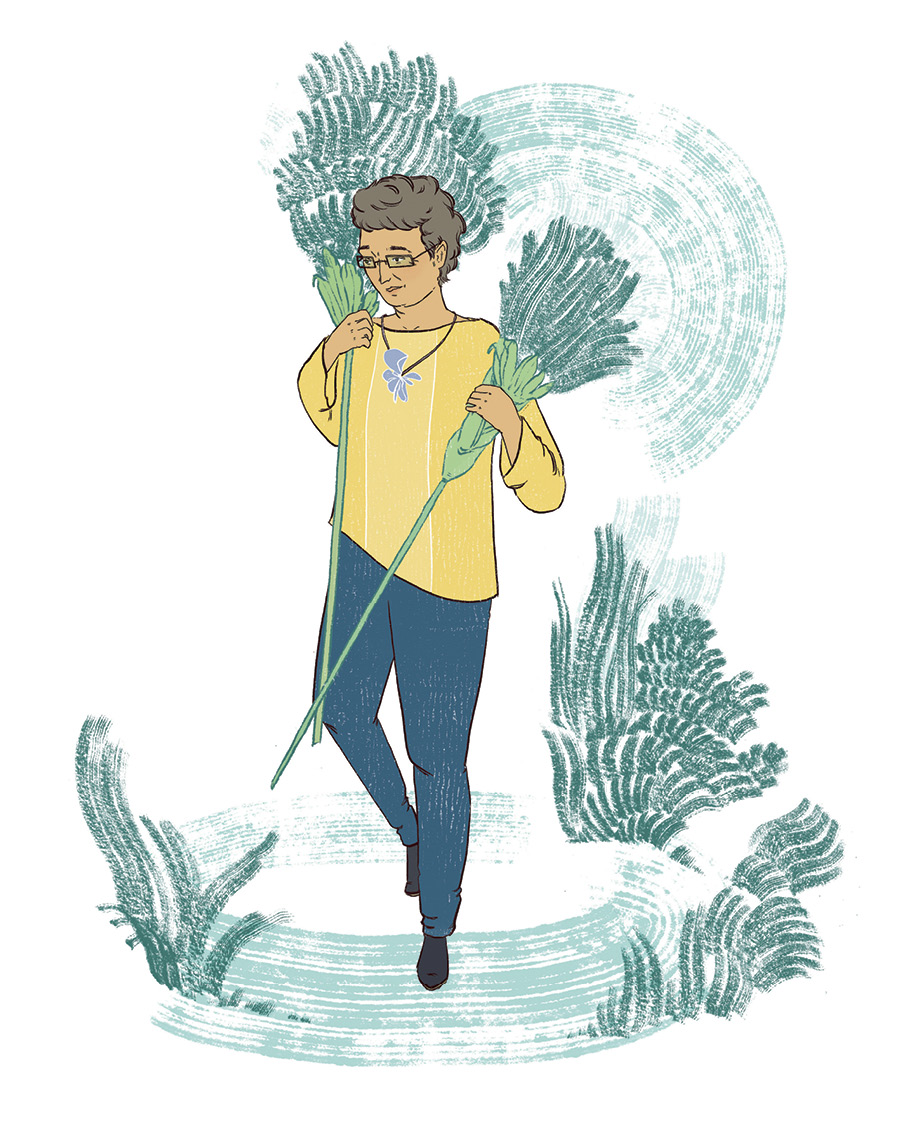
Markers on the Way
“The town halls and the retreat were milestones,” says Oscar Fernandez, associate professor of mathematics and current faculty director of the Pforzheimer Learning and Teaching Center. “All of that would not have been possible without broad support from the administration, from the faculty, but then also from students. Students were brave enough to speak openly and honestly about the not-so-nice things they had experienced but also offer constructive criticism and feedback about things that the College and departments can do. To hear from them in their own words, and hear the emotion and the passion, I think that made it real for us. I think now, where we’re at as a College is to try to figure out what we do next.”
Vice President and Dean of Students Sheilah Shaw Horton says, “When I think of inclusive excellence and where we are with it, it’s exciting that there are a number of academic initiatives aimed at strengthening the skills of our faculty, helping them to identify things like implicit bias, helping them to think about their own grading practices, helping them to think about how to have genuine relationships with students across difference. What’s remarkable about what we’re doing here is that the faculty are taking a look at themselves; they’re thinking about strengthening their own skills in working across difference.”
Conspicuous among those initiatives is the $1 million Howard Hughes Medical Institute Inclusive Excellence grant. HHMI is a leading philanthropic organization focused on support for scientists and science education. The grants to 57 colleges and universities are part of its initiative to catalyze schools’ efforts to engage all students in science regardless of background, particularly underrepresented ethnic minorities and first-generation college students. Headed up by Megan Núñez, Nan Walsh Schow ’54 and Howard B. Schow Professor in the Physical and Natural Sciences and professor of chemistry, the grant will engage a group of faculty in developing culturally competent pedagogy to advance curriculum reforms and academic advising for the next five years.
“It’s not about how are the students broken and how do we fix them,” Núñez says. “Our students are all really smart. And all of them did the most advanced classes in their high schools. There’s no reason that they shouldn’t be succeeding here—that’s in them. And so we have to think about how do we structure their majors? What are the classroom environments like? What is it like for them to be here? They are coming in with this interest in science, and after a short period of time, after a semester or two, they’re saying, ‘Hey, this isn’t for me. I don’t belong here.’”
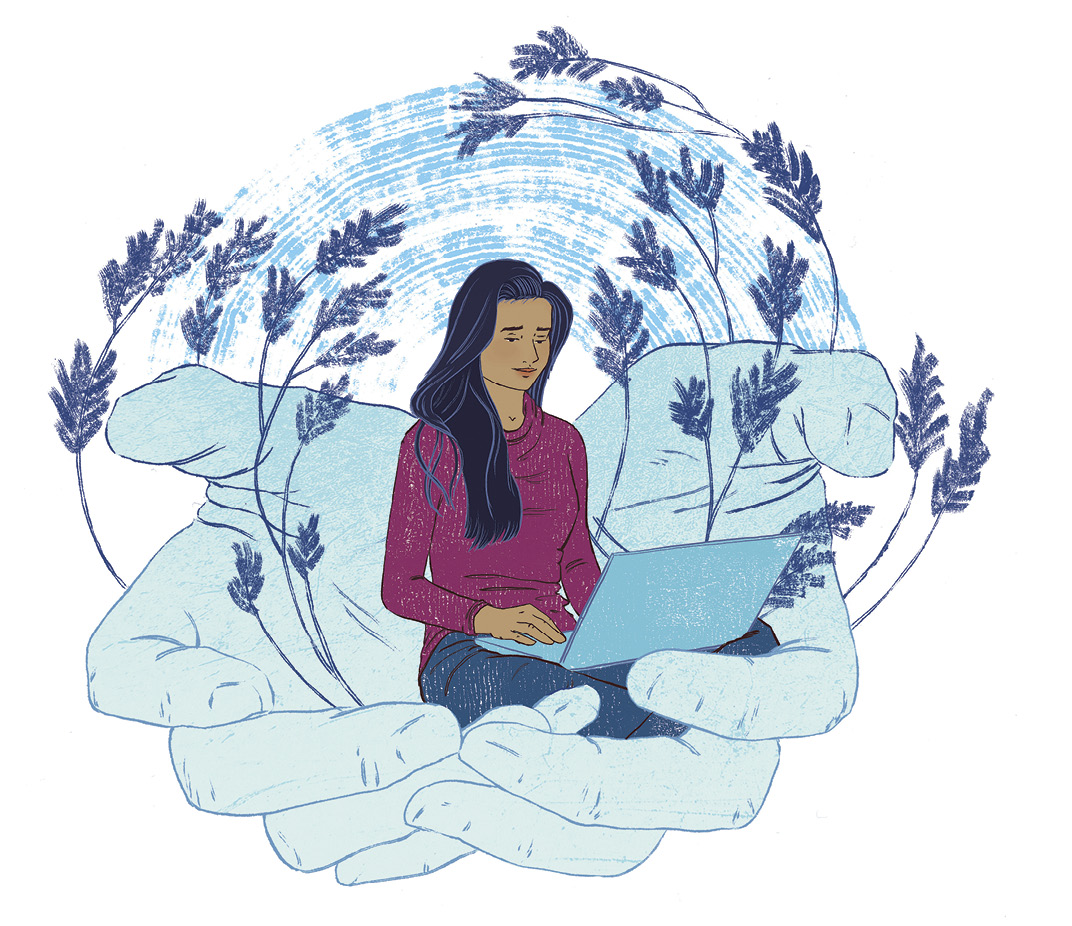
Honing Agents of Change
To kick off the HHMI program, Núñez assembled a group of science faculty who “really want to be change agents here,” she says. She received 45 applications for 24 slots for a weeklong initial training in January, which was held in the Whitin Observatory. The purpose of the retreat, led by trainers from the Science Museum of Minnesota, was ultimately to promote inclusion by helping faculty to redesign learning spaces and experiences to engage and support all students, says Nuñéz. But the participants began by looking inward, confronting their own implicit biases and working to understand how issues of identity, race, and status affect all members of the community.
Ann Trenk, professor of mathematics, is on the steering committee for the HHMI grant and participated in the weeklong training. She says she is still processing what happened during the experience, but some of the content that the group learned has made her look at the world in a different way. “It has changed the way that I teach, and the way I view my students,” she says. “I carry with me some of the mantras from the week, and one of them—and I shared this with my students—is, everyone has something to contribute. Everyone has something to learn. That has already been very powerful for me. When I look at my students and I work with them as individuals, I think, ‘OK, this student might be struggling with this thing, but she has something else to contribute that another student doesn’t.’”
Another HHMI training participant, Sarah Pociask, is a teaching and learning assessment specialist at the College, working with faculty to bring innovation to their courses. Of the training she says, “Transformational is not an overstatement. Throughout that week, we really built a sense of community, in a way that I wouldn’t have anticipated or expected. I feel now, having engaged with that group, that I have a better sense of what we’re trying to achieve on campus. Because if we can get that sense of community that we built that week to be the sense of community that we feel on this campus, we will have come a really long way.”
Ayana McCoy, the new assistant director of the Science Center, also took the training. “My own research for my dissertation was looking at underrepresented faculty members in STEM and their graduate and faculty socialization,” she says—and she has done a lot of diversity training in the course of her academic career.
“Some of [the training], like when we talked about systems of oppression or racism, I was thinking, ‘OK, I’ve heard this part.’ I wasn’t surprised at the information. The racism part, yes. And implicit bias. I thought because those two topics were on the same day, that would be the most emotional day for me as a black woman. But no, it was the discussion of class. I didn’t expect that.”
‘We need to create a place where [diverse students] feel that they are Wellesley.’
—Professor Megan Núñez
McCoy, who is serving as the “move captain” as the Science Center renovation continues, says the training gave her a powerful sense that inclusive excellence means supporting staff members at the College, as well as faculty and students—and she wants to start having Science Center staff meetings. “When I first got here, they had a meeting of all the administrative assistants and some of the Science Center staff to meet me, but no one really talked, I think because they didn’t feel like they had a voice,” she says. “I want to have meetings where we could come together, have community, and if we need help, this is the place for us to talk about it.”
McCoy hopes that more people can be trained to recognize and upend systems that hold people back on campus. She thinks transformation is not only possible, but close at hand. When she interviewed for her position at Wellesley, she says, “I was told that I’d come at a good time of change, and people want to do the work, but might not know how. This training will help us know how.”
Núñez says she has already changed her approach to her chemistry classroom. “I had noticed that there were always a few students who seemed to be at the fringes physically and socially, and they were often transfers, first-gen, and students of color,” she says.
To bring these students in, she has introduced an innovation that appears to be paying off. “All the students have table tents with their names on them,” she says, explaining that she reorders the way they sit each day based on the alphabet, their birthday, and other criteria. “It gives them something to talk about,” she says. “They started to look forward to seeing who they would be sitting next to each class. They put down their phones and started talking.”
She says, “I feel as though they are really getting to know each other, making some friends, getting to be comfortable being with another person.They find they do have things in common that are not necessarily obvious—things that are common to the human race.”
Núñez also has been trying more group, rather than individual, work: “I’ll put a problem on the board and say, ‘Talk to the person next to you and see if you can figure out what to do next.’ I am making them do things together. I say, ‘We are a team, and we are not done until everybody is done, and we are not leaving anyone behind.’”
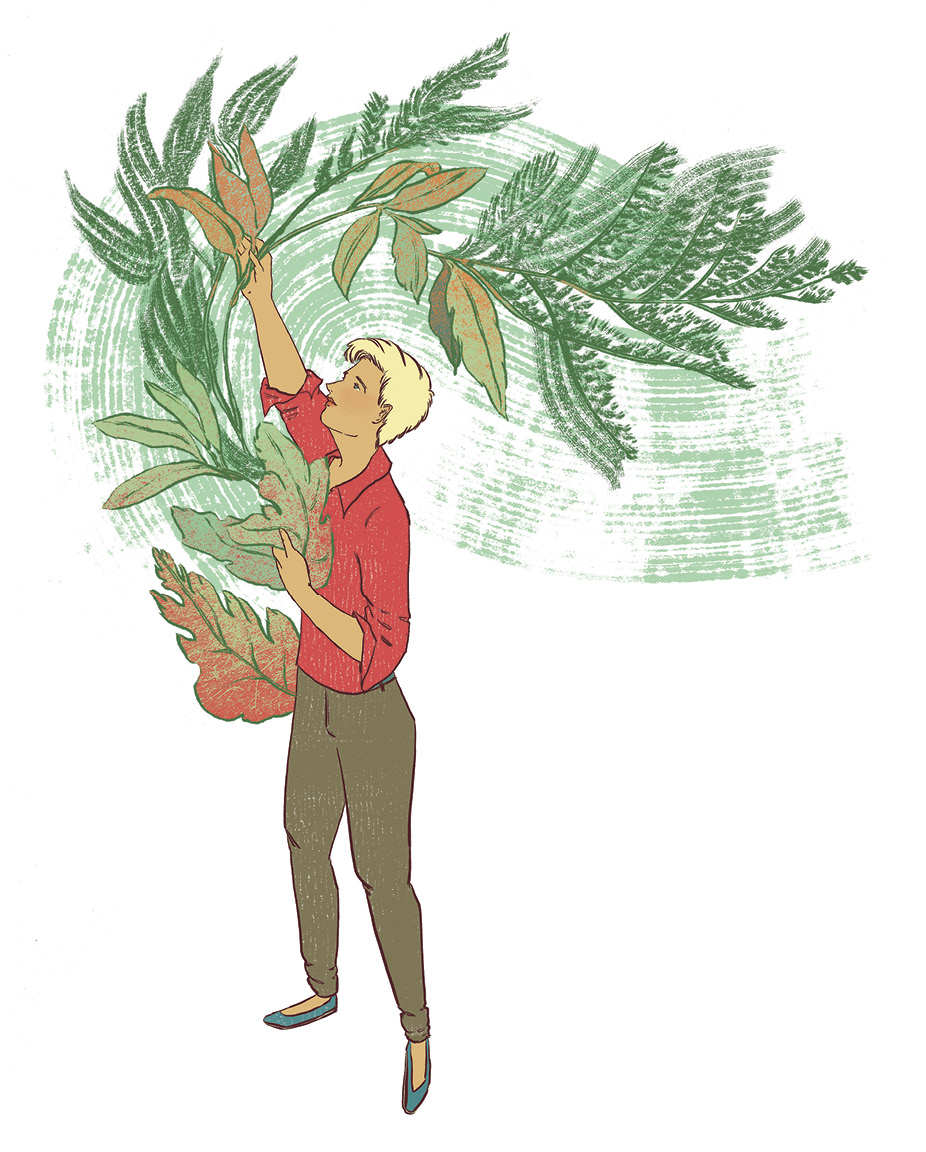
Ambassadors for Change
At the conclusion of the week of HHMI training, participants offered some anonymous comments on their experience, among them:
- “I feel like I have new glasses to see the ways in which groups fail to accomplish equity and community.”
- “I am so grateful that you have given us tools to help everyone’s voice be heard. I didn’t even think about all the aspects and group dynamics playing out that would make someone silence themselves or be silenced by others.”
- “One can care, very deeply, about fixing the world, yet have no clue how to do so. Leading people like that to the ideas of this type of workshop is perhaps the work of equity leadership.”
At a meeting of the Academic Council, the faculty legislative body, in early March, several members of the first HHMI cohort, wearing T-shirts with the message “Be the Change” emblazoned on them, went to the front of the room to testify to their experiences. Then Núñez announced that efforts are underway to create two more training cohorts next year, open to faculty from all disciplines, as well as Student Life staff. A call for proposals for projects furthering inclusive excellence was announced, to be supported by funds from President Johnson, from a $100,000 Mellon Foundation gift given to new college presidents to spend however they like.
And in affirmation of the community’s ongoing commitment to this work, a second faculty/staff inclusive retreat, “Fostering Community and Belonging by Enhancing One-on-One Interactions with Students,” has been scheduled for this June.
A Mission for Change
Outside the faculty ranks, a different Wellesley is also on the agenda of Ines Maturana Sendoya, the College’s new associate dean of students for inclusion and engagement. “What I see as my mission is to provide education to students to help them increase their intercultural skills, so that by the time they leave the institution they have the skills, the knowledge, and hopefully the attitudes, to work and compete with people who are different than themselves,” she says.
‘My mission is to provide education to students to help them increase their intercultural skills, so that by the time they leave the institution they have the skills, the knowledge, and hopefully the attitudes, to work and compete with people who are different than themselves.’
—Ines Maturana Sendoya, associate dean of students for inclusion and engagement
“We have the good fortune to have a multicultural student body, and we need to be thinking about ways in which we can utilize that asset so that the students really learn from each other, and for them to become agents of creating multicultural, inclusive environments. That’s my vision, that we send out into the world women who create inclusive spaces wherever they go.”
This year, Sendoya and student-life leaders have been doing work around inclusive excellence in the residence halls and in student clubs and orgs, says Sheilah Shaw Horton. The goal: “To build their capacity for engagement across difference,” she says. “We’ve recently put on a retreat for first-year students, helping them to feel like they’ve really seen and connected with each other.” Horton emphasizes that the aim is to create a Wellelsey where everyone can thrive, “regardless of your racial background, regardless of your socioeconomic status, regardless of your disability.”
“We need to to create a place where [diverse students] feel that they are Wellesley,” says Núñez.
President Johnson believes the College will get there. “I am extraordinarily optimistic, extremely optimistic,” she says. “In the short time I’ve been here, I can see change. There’s been change in Student Life. There’s a change in the way that we are thinking about intercultural education and student success. There’s a change in the passion of the faculty to embrace inclusive excellence, to really think deeply about pedagogy. We’ve seen much more powerful working together between student life and the academic program, recognizing that our students are full people. We have to continue to build that trust, and build the evidence, and do it in a methodical way.”
But she cautions, “We can’t underestimate that change is difficult. There isn’t a very specific path forward that we have to look at for best practices. And then there’s the hard work of remaining committed over time, that the goals of the work cannot be achieved in one year or two or even five. It requires constant attention, innovation, measuring outcomes, and innovating again. We will make progress, but we will need to maintain focus to make the kind of change that we would like to see.”
Catherine O’Neill Grace is a senior associate editor for this magazine.





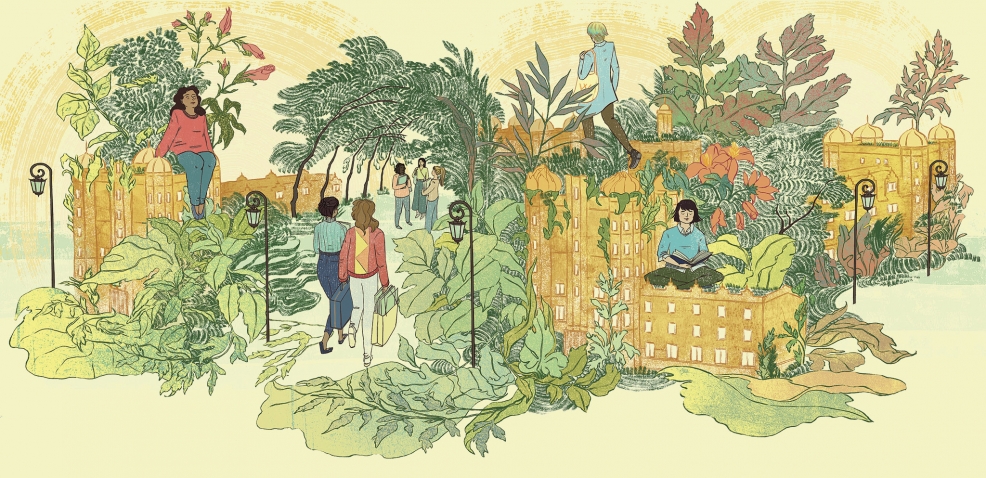



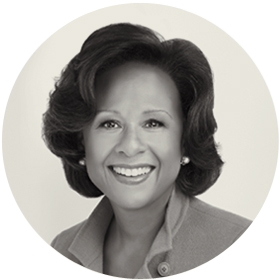
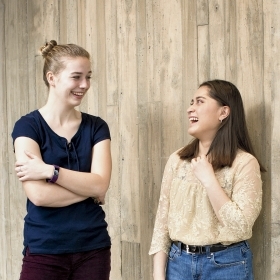
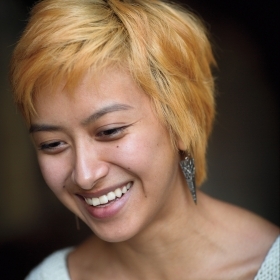
We ask that those who engage in Wellesley magazine's online community act with honesty, integrity, and respect. (Remember the honor code, alums?) We reserve the right to remove comments by impersonators or comments that are not civil and relevant to the subject at hand. By posting here, you are permitting Wellesley magazine to edit and republish your comment in all media. Please remember that all posts are public.